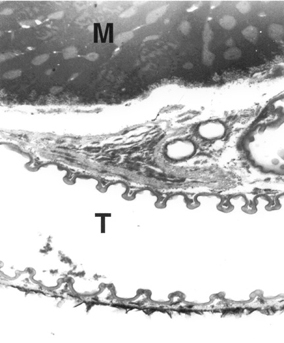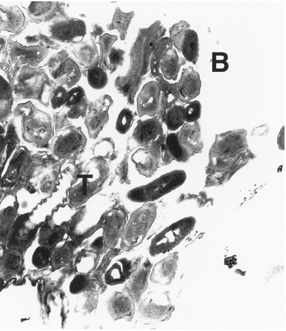During a paleoparasitological survey of several animal mummies (Cavia aperea f. porcellus and Canis familiaris) from Chiribaya Baja, an archaeological site in Southern Peru, an unexpected find was made. In the well preserved fur, large numbers of mummified fleas (Pulex simulans/irritans)that parasitized the animals during life were encountered. Due to the relative recent event of the host mummification and the outstanding preservation of the fleas, an attempt for the retrieval of DNA was made. A DNA extraction and sequencing protocol for archaeological ectoparasitic remains has been established, taking additional studies for tissue and protein preservation into account. Tissue preservation was assessed with transmission electron microscopy and the protein preservation was tested through the racemisation ratios of aspartic acid. Regions of the 28S rDNA gene were successfully amplified and sequenced. Further research perspectives are outlined.
animal mummies; ectoparasites; Pulex sp.; aDNA; Peru







